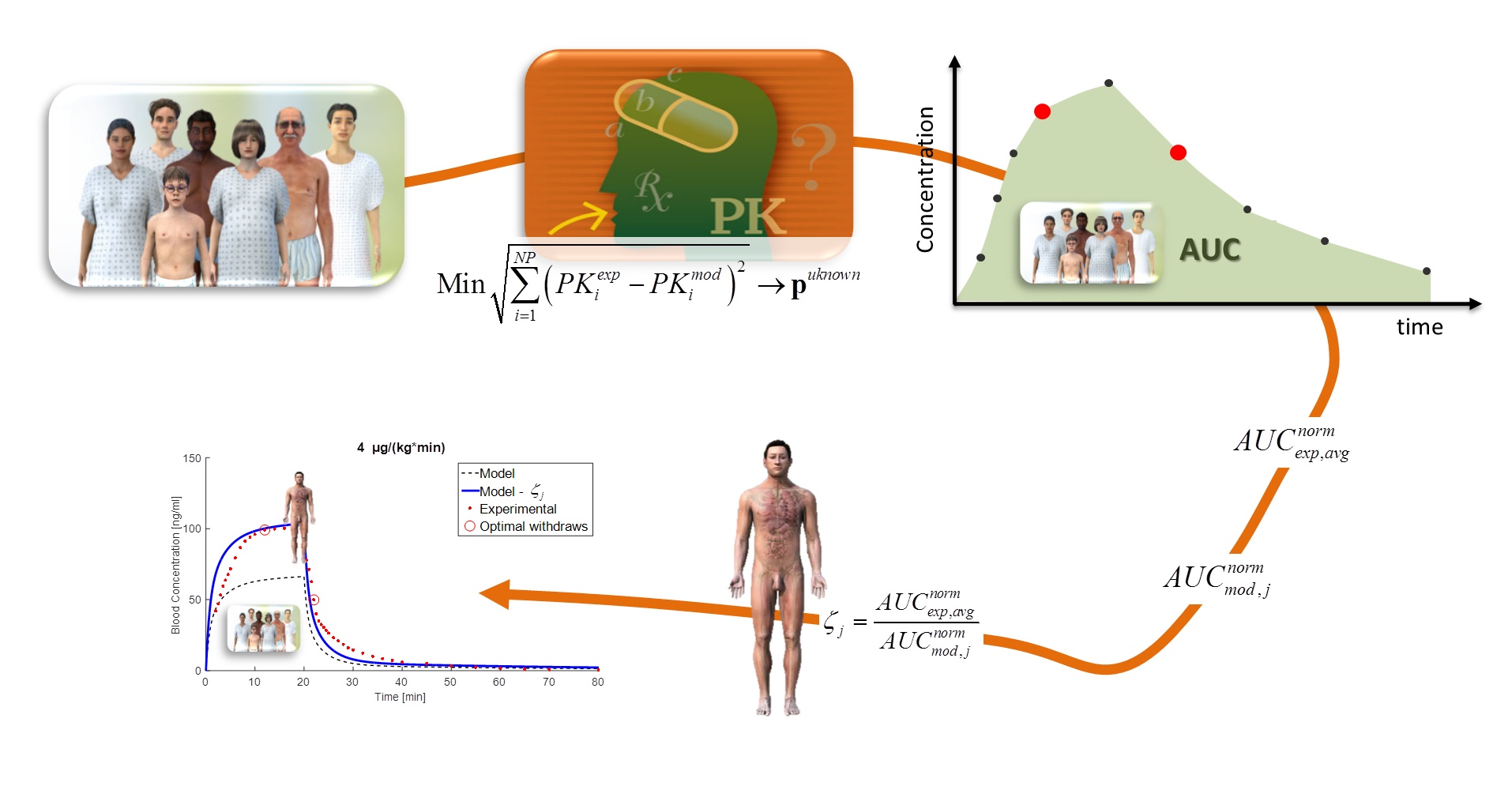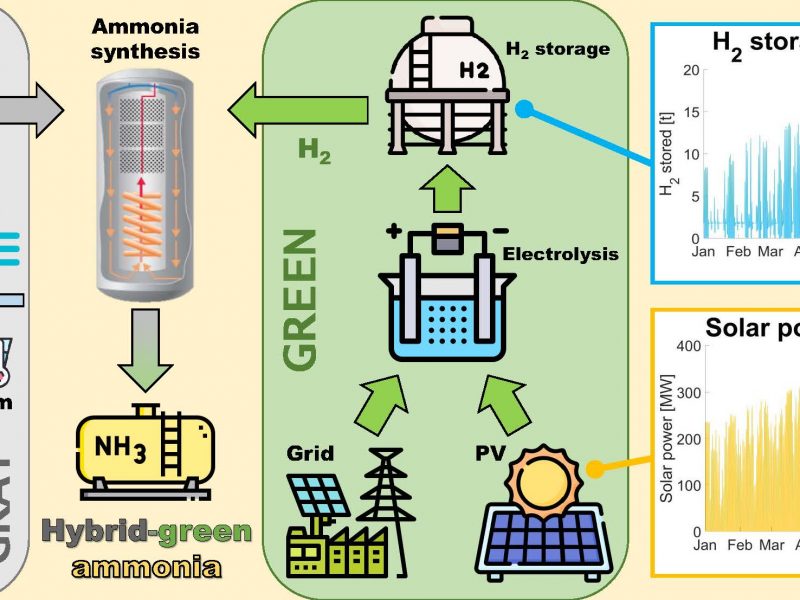PSE-Lab has just published a new paper on “Computers and Chemical Engineering” titled:
A modeling tool for the personalization of pharmacokinetic predictions
Roberto Andrea Abbiati, Davide Manca
Abstract
A method to apply pharmacokinetic models to assist physicians in therapeutic drug monitoring is proposed. The practice of therapeutic drug monitoring is required for drugs characterized by a narrow therapeutic index, which consequently present toxicity concerns. The proposed method employs a physiologically based pharmacokinetic (PBPK) model to determine an initial assessment of the pharmacokinetics (PK) of a specific patient. To further increase the precision of this prediction, the method uses two experimental datasets: (i) the PK data from a group of reference subjects, and (ii) limited drug blood concentration measures of the specific patient under study.
By combining the available information, it is possible to assess the precision of the initial model prediction and determine a correction factor to improve it. The resulting patient-specific PBPK model produces encouraging results as there is a concrete reduction in prediction errors of the individualized PK with respect to experimental data.
Highlights
- Therapeutic drug monitoring calls for personalized pharmacokinetic models
- Just two blood withdrawals allow determining an individualized pharmacokinetics
- Model pharmacokinetics is individualized by applying a personal correction factor
- A correction factor for personalized medical treatments
- Remifentanil case study and comparison with Westmoreland, Egan, Dahaba papers
Interested readers can download a copy of the paper.
Up to August 9th, 2016, the interested readers can download (free of charge) the original copy of the paper at Elsevier ScienceDirect website.
Please cite this article as: Roberto Andrea Abbiati, Davide Manca, A MODELING TOOL FOR THE PERSONALIZATION OF PHARMACOKINETIC PREDICTIONS, Computers & Chemical Engineering, Volume 91, Pages 28–37, (2016).
http://dx.doi.org/10.1016/j.compchemeng.2016.03.008



